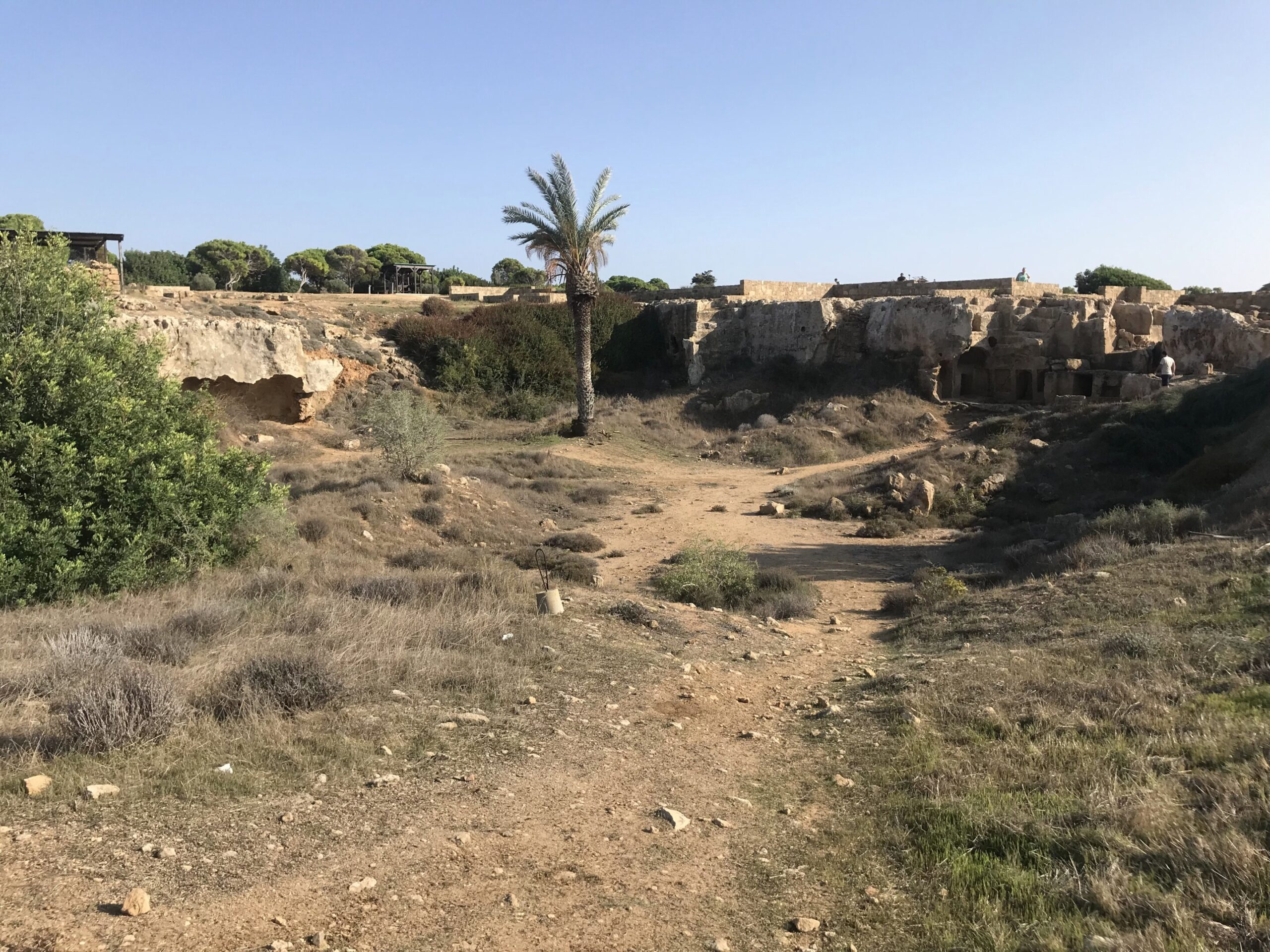Cyprus, the island nation bathed in the turquoise waters of the Eastern Mediterranean, has a rich and complex history. Layers of civilizations, from the Bronze Age to the Byzantine era, have left their mark on the land. Recently, a team of archaeologists made a thrilling discovery – the rediscovery of lost tombs hidden within a British military base. This unearthed chapter of Cypriot history promises to shed light on the island’s past inhabitants and their burial practices.
The rediscovery unfolded within the Eastern Sovereign Base Area (ESBA) at Dhekelia, on the southern coast of Cyprus. A team from the University of Leicester Archaeological Services, commissioned by the Ministry of Defence, embarked on a meticulous “walkover survey.” This involved systematically traversing the landscape and recording any visible archaeological remains. Armed with advanced Geographic Information Systems (GIS) technology and good old-fashioned ground inspection with GPS devices, the team meticulously pinpointed a remarkable 46 archaeological sites.
Among the most significant finds were the “lost tombs.” These weren’t entirely new discoveries, but rather sites documented in the 1960s that had subsequently been lost to time. The passage of years, coupled with development and incomplete archival data, had obscured their location. The University of Leicester team’s meticulous approach, however, brought these historical treasures back into focus.
The rediscovered tombs hold immense potential for archaeologists. The initial survey suggests these tombs span a vast swathe of Cypriot history, potentially dating back to the Bronze Age (3500 – 1100 BCE). Subsequent periods, including the Hellenistic (323 – 31 BCE), Roman (27 BCE – 476 CE), and Byzantine (330 – 1453 CE) eras, might also be represented. This broad timeline offers a glimpse into the diverse funeral practices employed by Cypriot civilizations across millennia.
The Bronze Age tombs are particularly intriguing. This period witnessed the rise of complex societies in Cyprus, with the island emerging as a vital center for trade and cultural exchange. The construction and contents of these tombs can offer valuable insights into the social hierarchy, religious beliefs, and artistic expressions of the Bronze Age Cypriots. Were these communal burial sites for elites or extended families? What funerary objects did they hold? Answers to these questions can illuminate the social structures and belief systems of this formative period.
The Hellenistic, Roman, and Byzantine tombs also hold promise. The Hellenistic period saw the influence of Alexander the Great’s conquests reach Cyprus, leading to a blend of Greek and local traditions. The Roman era brought a new administrative structure and cultural influences. The Byzantine period, marked by the dominance of Christianity, likely saw a shift in burial practices. By examining the architecture, artifacts, and skeletal remains within these tombs, archaeologists can piece together a more comprehensive picture of how Cypriot society evolved through these historical phases.
The rediscovery extends beyond just tombs. The survey also identified numerous ancient quarries. These sites offer valuable clues about the tools and technologies used by Cypriots for construction purposes. Studying the quarries can reveal how these civilizations extracted and shaped stone, not just for tombs, but for temples, public buildings, and other structures.
The rediscovery presents both opportunities and challenges for archaeologists. The initial survey documented the locations and basic characteristics of the sites. However, further excavation and analysis are necessary to unlock the secrets these tombs hold. Careful excavation techniques will be crucial to preserve any fragile remains or artifacts. Scientific analysis of the skeletal remains, grave goods, and surrounding environment can provide a wealth of information about the lives and deaths of the individuals buried within.
Challenges also exist. Some of the tombs reportedly show signs of looting, highlighting the importance of swift and careful excavation to preserve any remaining artifacts. Additionally, integrating the newly discovered sites into the broader narrative of Cypriot history will require further research and collaboration between archaeologists, historians, and other specialists.
Despite the challenges, the rediscovery of these lost tombs in Cyprus represents a significant contribution to our understanding of the island’s past. These hidden treasures offer a window into the lives, deaths, and beliefs of those who came before us. The unearthing of these sites is a reminder that history is not static, but a constantly evolving story waiting to be unraveled. With careful excavation, analysis, and interpretation, these rediscovered tombs have the potential to rewrite our understanding of Cypriot history and breathe new life into the island’s rich and vibrant past.
Source: University of Leicester
